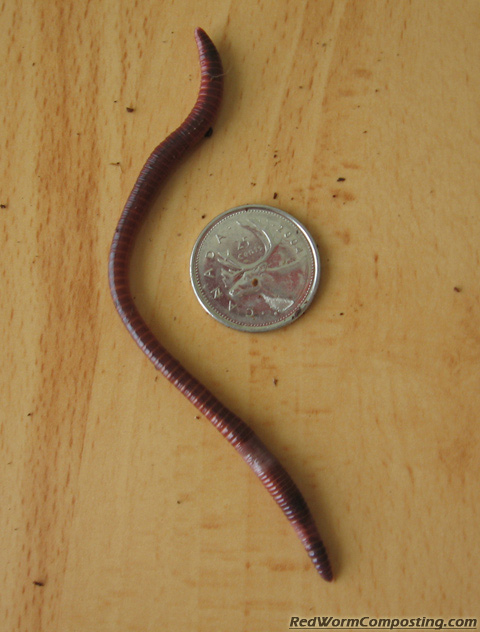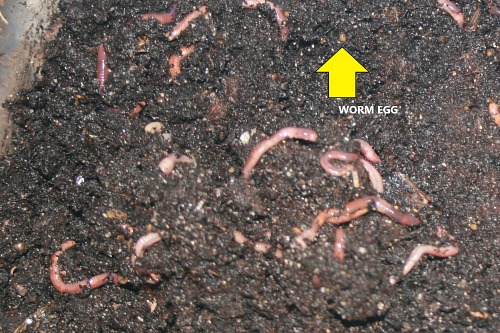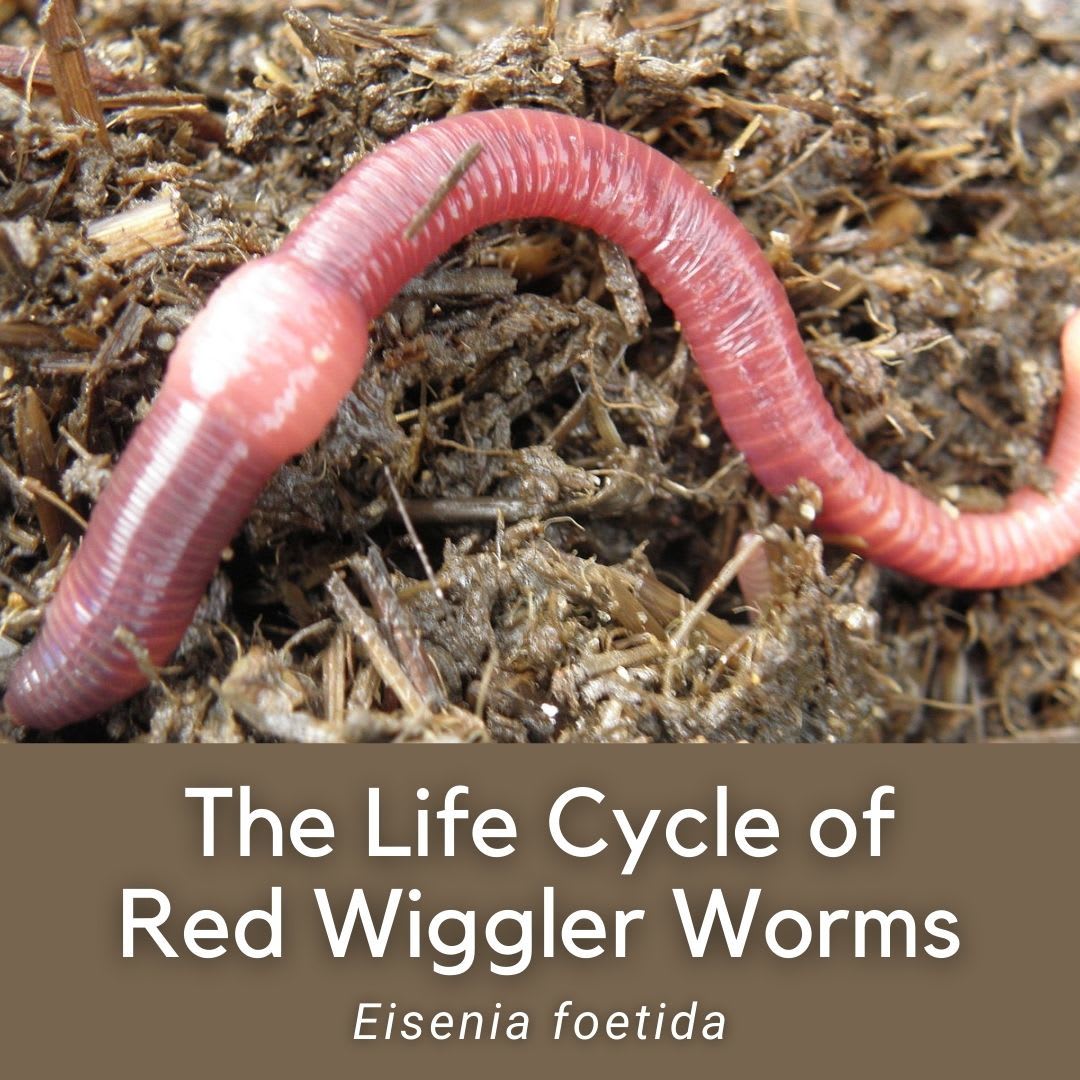Keep Your Lawn Green and Healthy with Expert Advice from Lake Hickory Bait
Keep Your Lawn Green and Healthy with Expert Advice from Lake Hickory Bait
Blog Article
Red Wigglers 101: Every Little Thing You Required to Know for Thriving Gardens
Red wigglers, or Eisenia fetida, play a critical duty in lasting horticulture techniques, offering as reliable decomposers that transform natural waste right into useful vermicompost. Recognizing their environment, nutritional choices, and the myriad advantages they use can change your gardening method (Red Wiggler Express). As these worms flourish in certain problems, their care and administration are crucial for optimizing their payments to dirt wellness. The inquiry continues to be: what actions can you take to harness the complete possibility of these amazing organisms in your very own garden?
Understanding Red Wigglers

Red wigglers prosper in settings rich in natural material and wetness. Red Wiggler Express. They possess an unique gastrointestinal system that allows them to process food scraps promptly, eliminating castings that are loaded with essential nutrients such as nitrogen, phosphorus, and potassium. These spreadings enhance soil structure, improve water retention, and foster helpful microbial task, all of which contribute to durable plant health and wellness
Furthermore, red wigglers can survive in varied conditions, making them adaptable to different horticulture techniques, consisting of interior and outdoor composting systems. Their ability to take in big amounts of natural waste daily positions them as useful allies for both home garden enthusiasts and commercial cultivators. By integrating red wigglers right into gardening efforts, one can dramatically enhance soil fertility and support sustainable gardening methods.
Ideal Habitat for Red Wigglers
Developing an optimum environment for red wigglers is important for maximizing their composting capacities and overall health. Red wigglers prosper in wet, dark, and well-aerated habitats, which closely resemble their natural surroundings in ground cover and decaying raw material. An ideal environment must supply a temperature level array in between 55 ° F and 77 ° F(13 ° C to 25 ° C), as severe temperature levels can emphasize or harm the worms.
The bedding product, such as shredded newspaper, cardboard, or coconut coir, must be kept moist yet not overly wet, as extreme dampness can lead to anaerobic problems destructive to worm health. In addition, a pH degree between 6.0 and 7.5 is optimal, making certain a well balanced atmosphere.
Proper oygenation is similarly important; it permits oxygen flow and avoids the build-up of harmful gases. A container or container created for vermicomposting ought to have water drainage openings to eliminate excess dampness and promote airflow. Normal tracking of these conditions is essential for maintaining a flourishing red wiggler populace, eventually enhancing their performance in breaking down natural waste and enriching yard dirt.
Dietary Requirements and Preferences

Red wigglers show certain choices; they are especially fond of softer, disintegrating products over harder or more fibrous compounds. It is essential to avoid feeding them citrus peels, onion, and garlic in huge amounts, as these can be hazardous. Furthermore, meat, milk, and oily foods should be excluded, as they can draw in bugs and produce unpleasant odors.
(Red Wiggler Express)To maintain ideal wellness, a balanced mix of environment-friendly and brown materials is advised. Green products, such as vegetable scraps, provide nitrogen, while brown products, like cardboard and dried leaves, supply carbon. Checking the moisture material and making certain a constant food supply will better enhance their growth and composting capacities. By dealing with their dietary demands, garden enthusiasts can promote a prospering population of red wigglers in their compost systems.
Benefits of Using Red Wigglers
The amazing benefits of utilizing red wigglers in gardening extend far past their duty in composting. These functional microorganisms contribute considerably to soil health, enhancing vitamins and mineral schedule and advertising microbial activity. By aerating the soil as they delve, red wigglers boost drain and root penetration, creating an optimal setting for plant development.
Furthermore, red wigglers are efficient recyclers of organic waste, converting it right into nutrient-rich castings that Red Wiggler Express function as an excellent all-natural plant food. These castings contain advantageous microorganisms and crucial nutrients, such as nitrogen, phosphorus, and potassium, which are crucial for plant development. The slow-moving release of nutrients from worm spreadings guarantees a steady supply, decreasing the danger of nutrient leaching and promoting sustainable gardening techniques.
Utilizing red wigglers cultivates a more sustainable gardening technique by lowering reliance on chemical plant foods and advertising a closed-loop system, where waste is changed into important resources. Overall, integrating red wigglers into gardening methods uses a wide variety of eco-friendly and farming benefits.
(Lake Hickory Bait)
Composting With Red Wigglers

To start an effective vermicomposting system, pick a suitable container with appropriate air flow and water drainage. The perfect environment for red wigglers includes a damp, dark setting with temperature levels between 55 ° F and 77 ° F. Begin by layering shredded paper, cardboard, and food scraps, making certain a balanced mix of carbon and nitrogen-rich materials.
Red wigglers prosper on vegetable peels, fruit scraps, coffee grounds, and eggshells, while avoiding meat, dairy, and oily foods that can bring in bugs. Frequently check moisture levels; the bed linen must perspire yet not soggy. Harvest worm castings every few months by separating the worms from the compost, which can then be used directly in yards or kept for later usage.
Applying vermicomposting not just reduces land fill waste yet additionally improves yard dirt, advertising healthy and balanced plant growth and lasting horticulture techniques. Accept this green method to improve your gardening endeavors.
Verdict
In recap, red wigglers are important microorganisms for enhancing garden performance through effective composting. By utilizing red wigglers, garden enthusiasts can significantly boost soil high quality and nutrient availability, cultivating healthier plant development.
Report this page